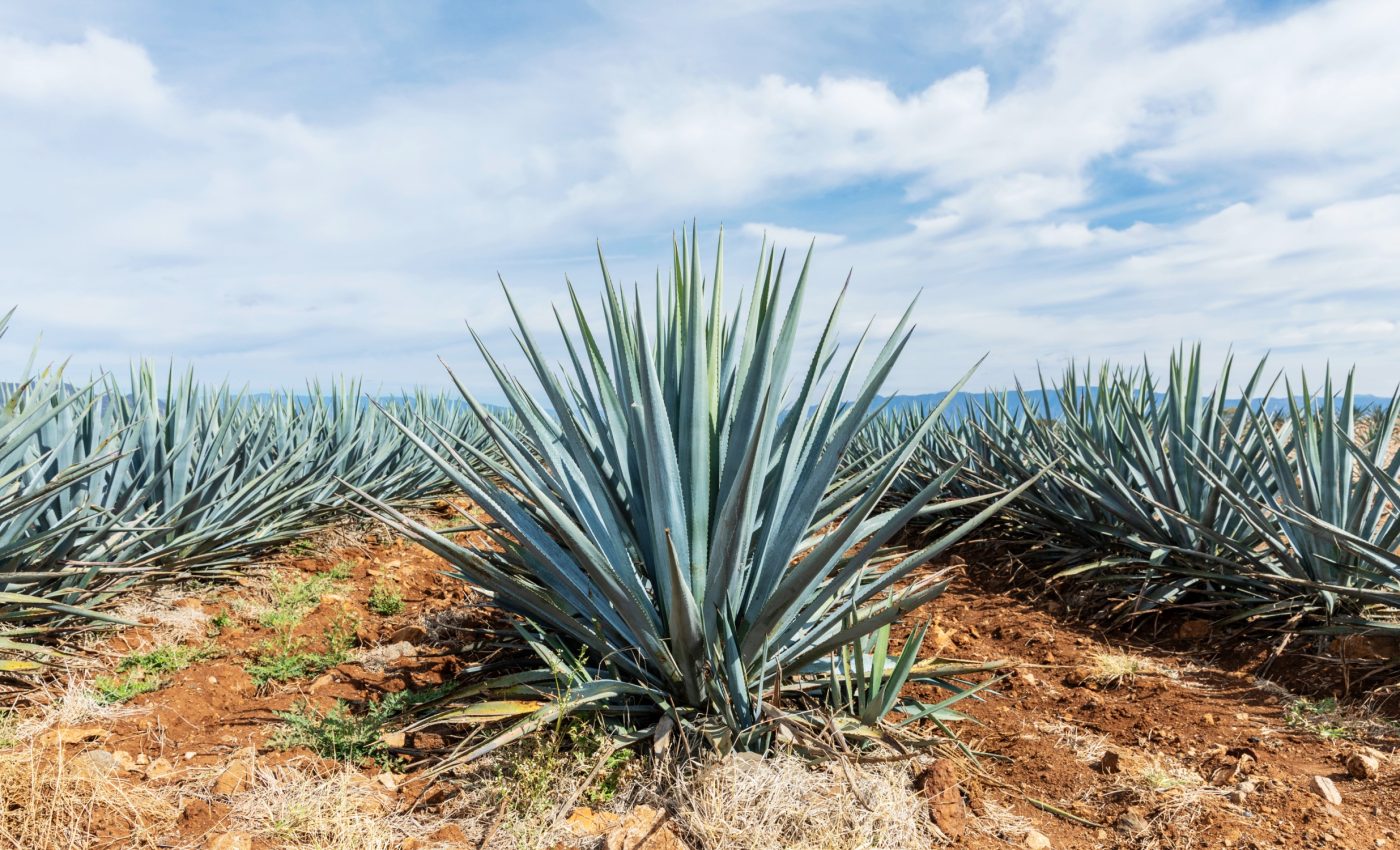
Agave plants: Nature’s answer to water conservation
In the vast, arid landscapes where water is scarce, only the toughest plants survive. Among them, the agave plant stands out – not only for its role in tequila production but also for its remarkable ability to store and retain water.
Scientists have long studied how desert plants adapt to extreme conditions. Now, a study using advanced imaging techniques has uncovered deeper insights into the agave’s survival mechanisms.
The researchers used special imaging technology to see how agave plants store and use water. They found that these plants keep moisture at both the leaf and tiny molecular levels. This discovery could help create crops that need less water and improve how processed foods stay fresh.
The results not only highlight the resilience of agave plants but also point to potential solutions for global food security in the face of climate change.
Analyzing agave hydration levels
The scientists used terahertz spectroscopy, a non-invasive technique that falls between microwave and mid-infrared technologies, to analyze the hydration levels of agave plants.
This method allows researchers to map water distribution within plant tissues and observe how fructans, a type of sugar, help retain moisture at the molecular level.
“Understanding how plants adapt to dry conditions could lead to better farming practices and be used to develop crops that require less water,” said Monica Ortiz-Martinez from the Centro de Investigaciones en Optica (CIO) in Mexico.
“This could lead to higher crop yields with lower water consumption, benefiting farmers, food production and global food security.”
Measuring plant hydration levels
Terahertz waves, which exist between microwaves and the mid-infrared spectrum, have unique interactions with water.
Since water strongly absorbs terahertz radiation, the researchers used this property to measure hydration levels within agave tissues. The technique allowed them to visualize water distribution and examine how fructans function at the molecular level.
The study, published in Applied Optics, demonstrates that terahertz spectroscopy is a non-invasive tool for plant analysis.
The researchers found that agave plants survive harsh conditions by storing water in specialized leaf structures. Additionally, fructans act as molecular sponges, ensuring that moisture remains available even in extreme drought.
“In the food industry, our findings on agave fructans and their exceptional water-binding properties could be used to develop new food ingredients that improve moisture retention, texture and shelf life, especially in dried or processed foods,” said Enrique Castro-Camus from CIO.
“This could lead to healthier, longer-lasting food products with fewer artificial preservatives.”
Intersection of biology and food science
The study began as a collaboration between CIO’s Applied Terahertz Science group and June Simpson at Centro de Investigaciones Avanzadas (CINVESTAV). Their focus was on water distribution in agave leaves and the role of fructans in hydration.
Around the same time, CIO researchers partnered with Socorro Villanueva from Centro de Investigación y Asistencia en Tecnología y Diseño del Estado de Jalisco (CIATEJ) to explore how fructans protect frozen foods from damage. These projects merged to provide a comprehensive understanding of agave’s survival mechanisms.
For their analysis, the researchers used a time-domain terahertz spectrometer with a femtosecond fiber laser and sub-millimeter pixel resolution.
Thin leaf slices were placed between a terahertz emitter and detector, enabling hydration mapping through water absorption measurements. The spectrometer was later reconfigured to analyze fructan solutions in greater detail.
“Our research introduces several key innovations in the study of plant hydration using terahertz technology,” said Ortiz-Martinez.
“One of the most significant advancements is non-invasive water detection – unlike traditional methods that require cutting, drying and weighing plant samples, terahertz imaging enables real-time hydration analysis without damaging the plant.”
How agave plants retain water
The study revealed that agave leaves have a unique water storage system. Their inner core remains hydrated, while the outer layer acts as a barrier to minimize water loss.
Fructans play a critical role in this process by forming porous structures that trap and retain water molecules. This water retention capability is stronger than that of other sugars, making fructans vital for agave survival.
By combining tissue-level storage with molecular water retention, agaves have evolved into one of the most drought-resistant plants. These findings could have significant implications for crop cultivation in water-scarce regions.
Expanding non-invasive plant monitoring
Researchers now aim to expand terahertz spectroscopy applications to study drought-resistant mechanisms in agave and other plant species. The goal is to understand how different crops manage hydration, particularly those essential for food security.
Future developments may lead to a portable terahertz system for use in fields and greenhouses. Machine learning algorithms could further enhance this technology by analyzing terahertz images in real-time, enabling the detection of drought stress before visible signs appear.
The study highlights the importance of collaboration among experts in optics, plant physiology and food science. Researchers believe that integrating these disciplines will lead to practical applications for agriculture and food production.
“By advancing non-invasive plant monitoring methods, our research lays the foundation for smarter, more sustainable agricultural practices, ultimately benefiting both farmers and consumers while helping to conserve natural resources for future generations,” said Castro-Camus.
The study is published in the journal Applied Optics.
—–
Like what you read? Subscribe to our newsletter for engaging articles, exclusive content, and the latest updates.
Check us out on EarthSnap, a free app brought to you by Eric Ralls and Earth.com.
—–













